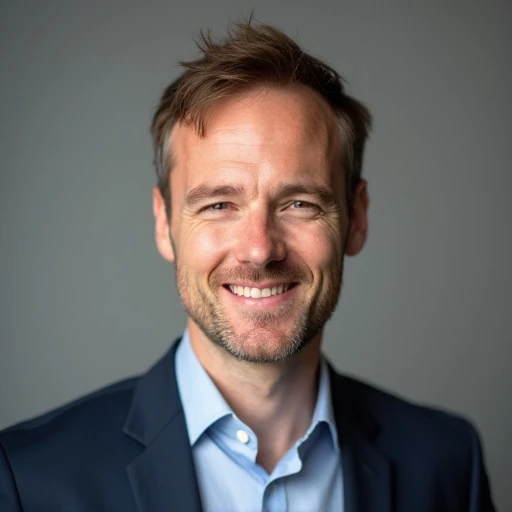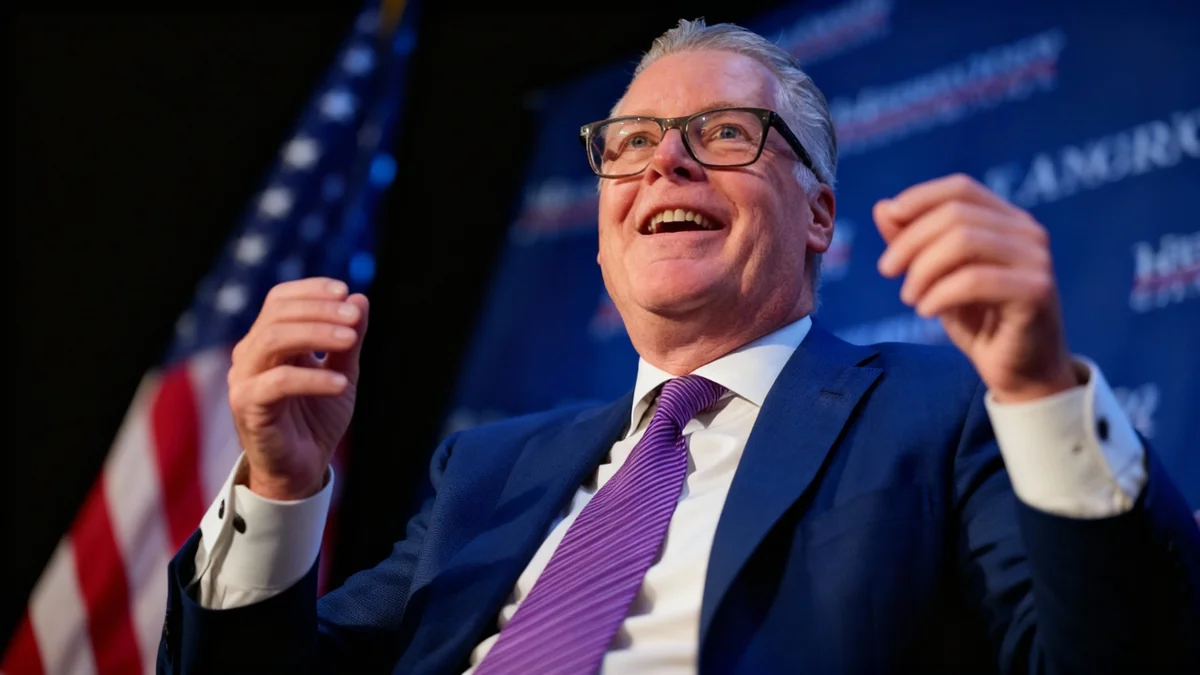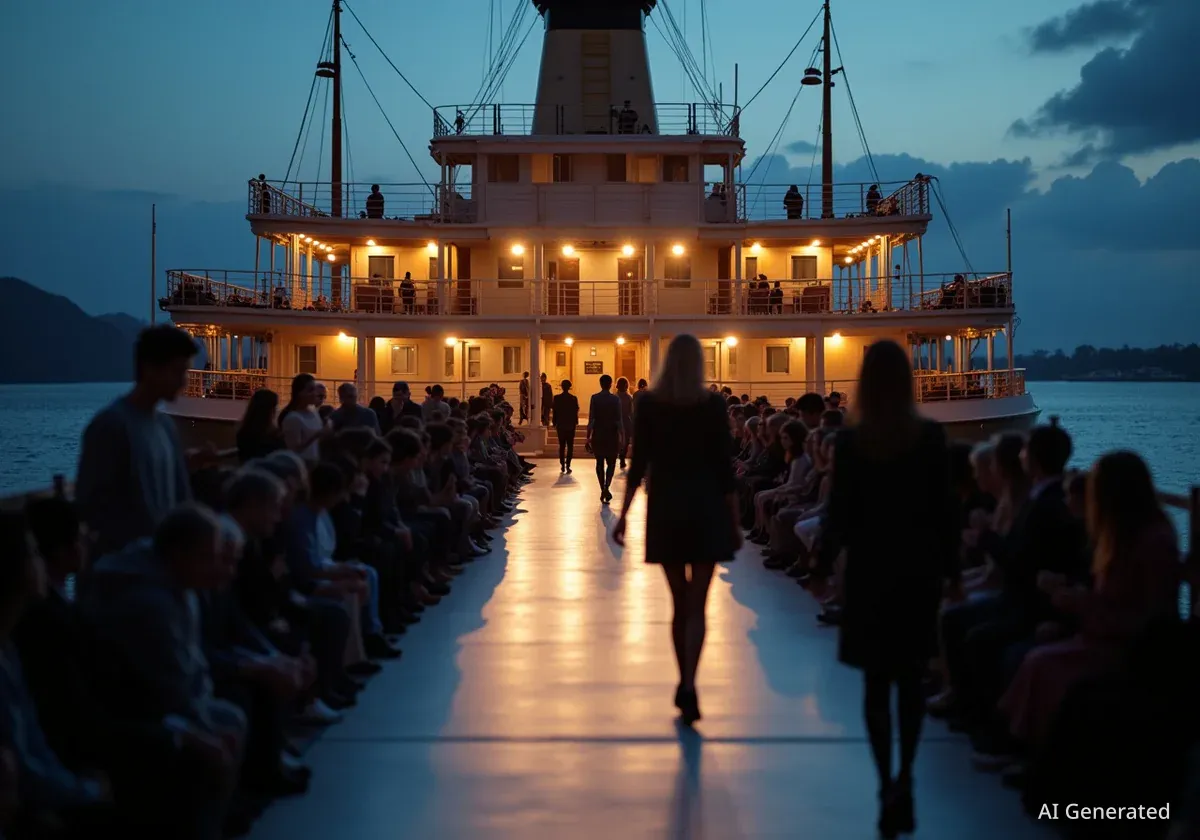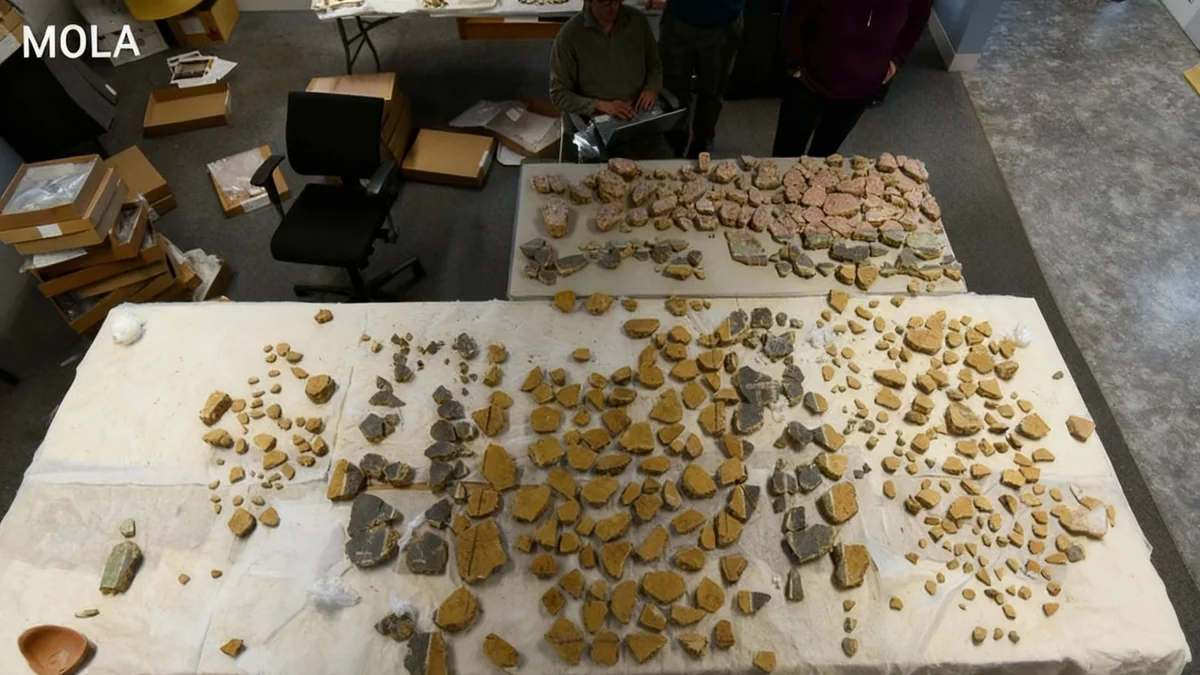Delta Air Lines CEO Ed Bastian, despite his significant annual earnings, frequently opts to fly in economy class. This practice, recently highlighted in an interview with Fortune, sparks discussion about leadership style, public perception, and the practicalities of airline management.
Bastian, who earns approximately $27 million annually, shared insights into his in-flight experiences. He often finds himself seated near the aircraft's restrooms, using the time to catch up on emails. Passengers often express surprise when they recognize him in the main cabin.
Key Takeaways
- Delta CEO Ed Bastian frequently flies economy class.
- This practice helps manage public and employee perception.
- It reflects a blend of practicality and strategic optics for airline executives.
- Flying economy avoids displacing loyal, paying customers from upgrades.
Executive Travel Habits
Bastian's approach to air travel aligns with a common trend among executives at major U.S. carriers. Many airline CEOs publicly state they fly economy, particularly on domestic routes. This choice is not merely a display of humility; it is a calculated decision with roots in both public relations and operational logic.
Industry observers, like Ben Schlappig of OMAAT, note that these executives often travel on short notice. When first-class seats are fully booked, economy becomes the only available option. This practical reality can often coincide with strategic messaging.
Fact Check
- Ed Bastian's annual earnings: Approximately $27 million.
- He is based in Atlanta (ATL), Delta's hub.
Relatability and Public Image
Flying economy helps reinforce an image of relatability. This applies to both the airline's employees and its customers. For staff, it signals a shared experience, showing leadership understands the day-to-day realities of air travel for the majority.
For passengers, encountering a CEO in the back of the plane often becomes a story worth sharing. These interactions can quickly go viral on social media, generating positive publicity for the airline without any marketing expenditure.
"Many times when I travel, I’m sitting in coach," Delta CEO Ed Bastian stated during the #FortuneGlobalForum.
Operational Logic Behind Economy Travel
Beyond public perception, there is a clear operational rationale for executives choosing economy. Airline CEOs typically receive positive-space travel privileges. This means they can occupy any available seat without displacing paying passengers.
However, optics remain critical. Occupying a first-class seat when many frequent flyers are on an upgrade waitlist can send a negative message. By flying economy, leaders avoid potential resentment and demonstrate a commitment to customer experience over personal comfort.
Industry Context
Airline executives frequently balance the demands of their high-profile roles with the need to maintain a connection to their company's core services. Their travel choices are often scrutinized by employees, customers, and the media, making such decisions a key part of their leadership strategy.
Visibility and Authenticity
Flying economy provides executives with direct visibility among their customer base. It humanizes leadership in an industry that sometimes faces criticism for being distant and corporate. For a leader like Bastian, being seen chatting with passengers, perhaps enjoying a Biscoff cookie and a Coke Zero, projects authenticity.
This approach also aligns with how loyalty programs drive profit for airlines. Upgrades are one of the most significant incentives for frequent flyers. A CEO taking one of these coveted seats could be perceived negatively. Staying in economy helps preserve this perk for loyal, paying customers, while allowing executives to appear grounded, both figuratively and literally.
The Broader Strategy
While executives may choose economy on domestic flights, they still enjoy premium travel for long-haul routes or critical business trips. Their decision to fly coach on certain legs is not about saving money for the company. It is primarily about managing perception and building goodwill.
In an environment where customer trust and employee morale are vital, small gestures like a CEO sitting in the main cabin can yield significant returns in positive sentiment. For Delta and Ed Bastian, this strategy demonstrates a leadership that prioritizes connection over personal comfort.
For passengers, these encounters offer a rare glimpse of the corporate suite just a few rows away, fostering a sense of shared experience. This approach helps bridge the gap between corporate leadership and the everyday traveler, enhancing the airline's brand image.





